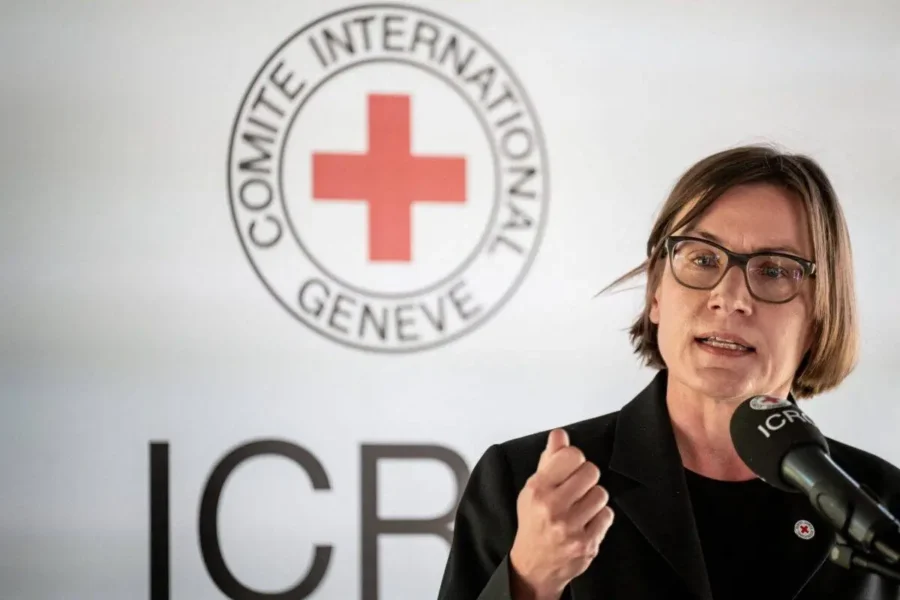Understanding International Humanitarian Law
To understand the concept of International Humanitarian Law, there are two Latin terms which must be addressed i.e. jus in bello and jus ad bellum. Jus in bello regulates the conduct of parties in an armed conflict whereas jus ad bellum refers to the conditions under which States may resort to war or to the use of armed force in general. IHL is synonymous with jus in bello, it seeks to minimize suffering in armed conflicts. This is done by protecting and assisting all victims of armed conflict to the greatest extent possible whereas jus ad bellum is synonymous with the international law on the use of force.
Purpose and Scope of IHL
IHL is a set of rules which seek, for humanitarian reasons, to limit the effects of armed conflict and is also referred to as the law of war or the law of armed conflict. It is important to understand that IHL is not a body of principles with an aim to end armed conflict.
IHL assumes that armed conflict is a reality, but seeks to limit the use of violence as far as possible during the conflict to try and maintain a certain degree of humanitarianism during an armed conflict. IHL seeks to protect, in so far as possible, those who are not fighting, as well as to limit the amount of violence that is inflicted on the ones who are fighting. In order to reduce unnecessary sufferings, targeting principles are required.
Prohibited Means and Methods of Warfare
International humanitarian law prohibits all means and methods of warfare which:
- Fail to discriminate between those taking part in the fighting and those, such as civilians, who are not, the purpose being to protect the civilian population, individual civilians, and civilian property;
- Cause superfluous injury or unnecessary suffering;
- Cause severe or long-term damage to the environment. Humanitarian law has therefore banned the use of many weapons, including exploding bullets, chemical and biological weapons, blinding laser weapons, and anti-personnel mines.
Historical Roots and Evolution of IHL
International humanitarian law is rooted in the rules of ancient civilizations and religions – warfare has always been subject to certain principles and customs. Universal codification of international humanitarian law began in the nineteenth century. Since then, States have agreed to a series of practical rules, based on the bitter experience of modern warfare. These rules strike a careful balance between humanitarian concerns and the military requirements of States.
As the international community has grown, an increasing number of States have contributed to the development of those rules. International humanitarian law forms today a universal body of law.
The Basic Principles
Distinction: IHL requires parties to distinguish between combatants and civilians. It prohibits direct attacks against civilians and civilian objects, while combatants and military targets remain legitimate objects of attack.
Proportionality: This principle emphasizes that the use of force must be proportionate to the military advantage sought. It prohibits excessive or unnecessary harm to civilians and civilian infrastructure.
Precautions: Parties to a conflict must take feasible precautions to minimize harm to civilians and civilian objects. This includes giving advance warnings of attacks when possible and taking measures to protect vulnerable groups, such as children and the wounded.
Prohibition of Torture and Cruel Treatment: IHL unequivocally prohibits torture, cruel treatment, and any form of degrading or inhumane treatment of individuals under the control of a party to the conflict.
Protection of Medical and Humanitarian Personnel: IHL recognizes the importance of medical personnel, facilities, and humanitarian workers in providing essential care and assistance during armed conflicts. It grants them protected status and ensures their ability to carry out their duties.
Scope of Application
International humanitarian law applies only to armed conflict; it does not cover internal tensions or disturbances such as isolated acts of violence. The law applies only once a conflict has begun, and then equally to all sides regardless of who started the fighting. International humanitarian law distinguishes between international and non-international armed conflict. International armed conflicts are those in which at least two States are involved. They are subject to a wide range of rules, including those set out in the four Geneva Conventions and Additional Protocol I.
Role of the International Committee of the Red Cross (ICRC)
The International Committee of the Red Cross (ICRC) plays a crucial role in promoting IHL, providing humanitarian assistance, and monitoring compliance with its rules. Even though the ICRC works closely with states, armed forces, and other humanitarian organizations to raise awareness, offer training, and conduct investigations in cases of alleged violations, there are still certain challenges which exist in its implementation such as the increasing involvement of non-state armed groups, which often operate outside the traditional state-centric framework and Ensuring compliance with IHL in non-international armed conflicts.
By Aditya Gupta (Intern)

